Now happening in southern Australia…and some us do not have to leave town in order to enjoy surprisingly close views.
On at least one inner-metropolitan lake, Podiceps cristatus has recently become surprisingly much less wary of Homo sapiens.
(still photos copyright Doug Spencer – taken late afternoon, 03 January 2020)
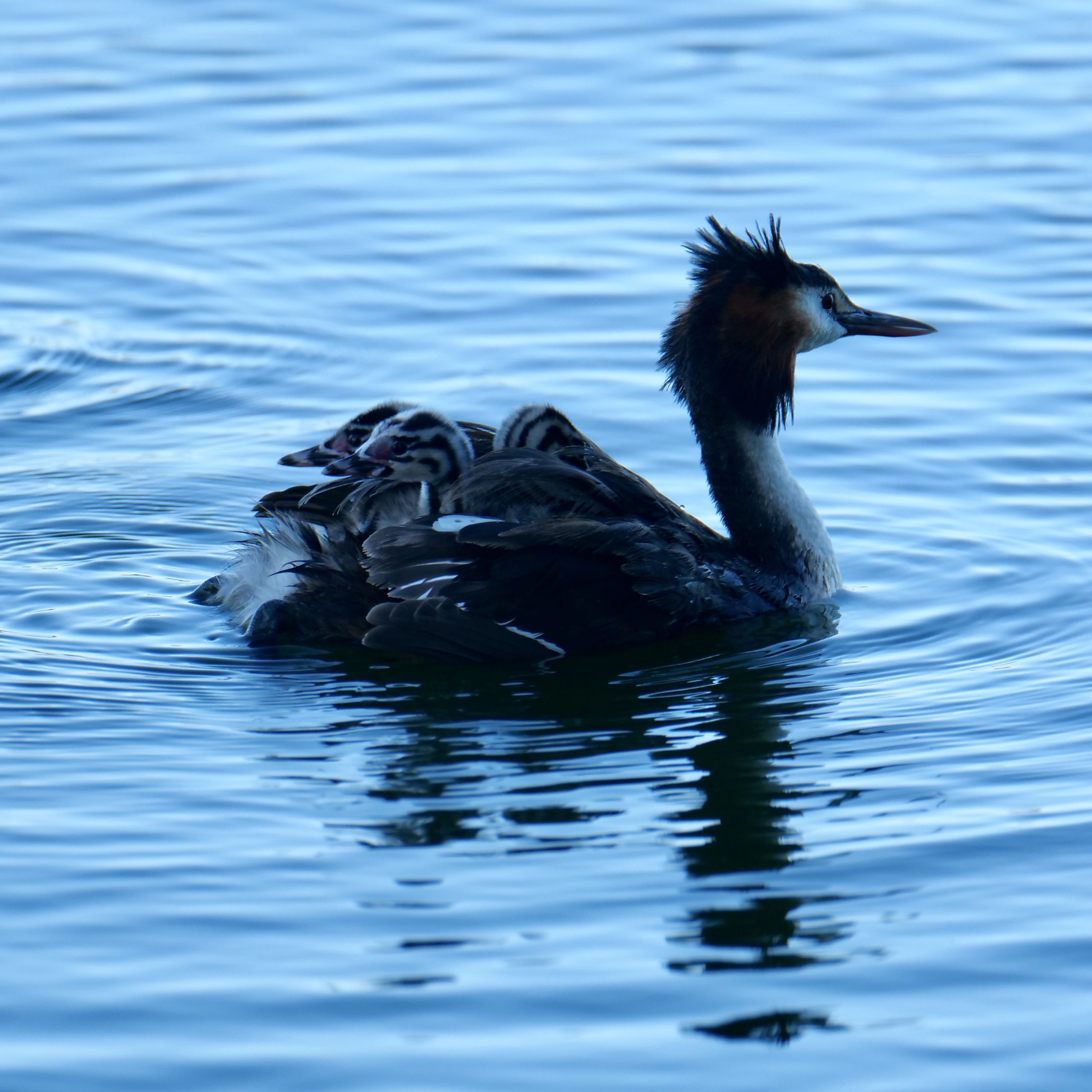
The behaviour depicted in the images above – taken within a second or so of each other – is typical.
However, not so many years ago one would never have expected to see it happen within a few metres of the footpath and adjacent grass along which so many people come, go, dally, run, walk, cycle and chat, often with dogs in tow.
Click here for an illustrated overview of what once was an ecologically healthy wetland.
For many thousands of years it would have been highly valued by members of Homo sapiens, who called it Galup. Lake Monger’s post-1829 history has mostly been a sorrier tale of degradation and diminishment.
The 21st century, however, has seen a substantial, ongoing effort to restore the lake to a healthier, more “natural” state.
At first, many local residents resisted this effort; how dare those do-gooders rip out all those “lovely” willows etc and plant a whole lot of “messy” native trees, bushes, sedges etc!
The remediation work has proceeded in stages, and within a few years it had become pleasingly obvious – even to most of the remediation plan’s opponents – that Lake Monger was progressively becoming healthier, lovelier, more interesting.
Since 1983 my beloved and I have lived within walking distance of Lake Monger.
In the early 1980s Willie Wagtails were still – astonishingly, to us – conspicuous by their almost total absence. Our surprise turned to sorrow when we learned about the unintended side effects of efforts to “deal with” Perth’s mosquitoes.
Happily, the Wagtails have bounced back, and we now always see them around “our” local lake.
Even back when wagtails were rarely there, we would usually see grebes at Lake Monger…but only little ones – Australasian Grebes, Tachybaptus novaehollandiae.
Nearby, at Herdsman Lake, Great Crested Grebes were a common sight, but we hardly ever saw them at Lake Monger.
However, once that “messy” stuff along Monger’s eastern shoreline began to offer greatly improved shelter/privacy, Podiceps cristatus turned up, in increasing numbers.
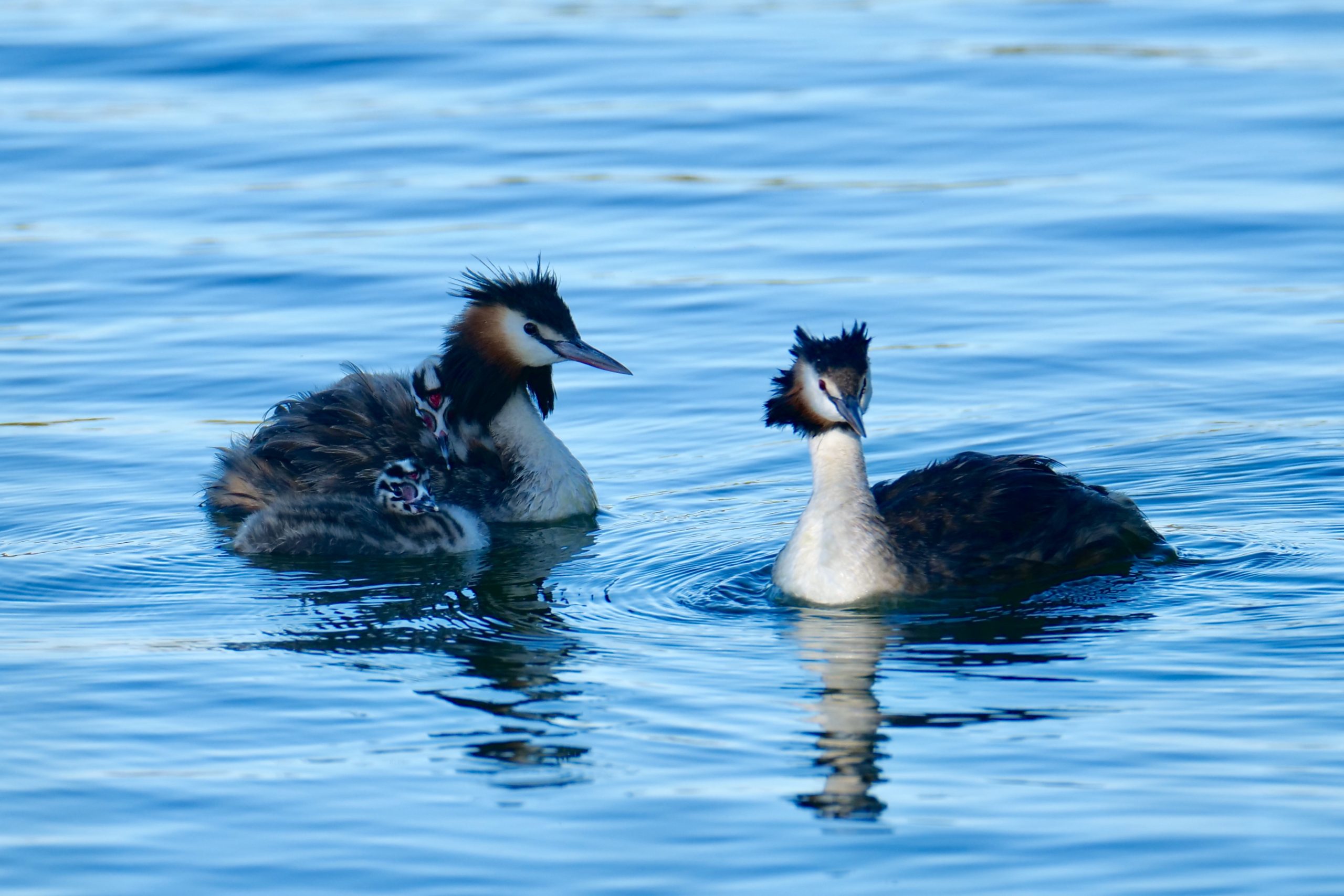
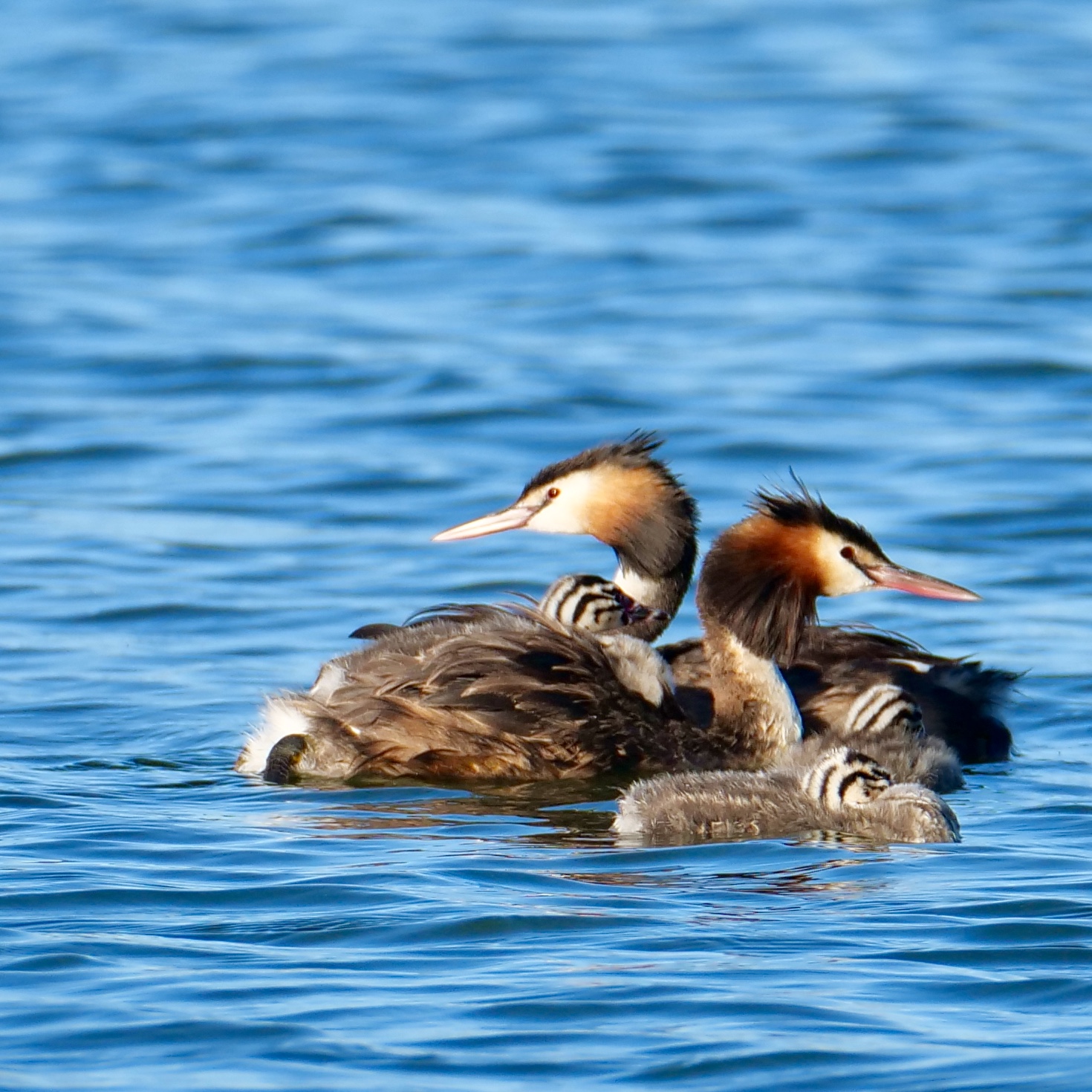
At first, they were very wary, almost always avoiding open water and staying well away from the very exposed and much-peopled southern shoreline.
Nesting within full view of the bustling humans was unthinkable, then.
Progressively, however, the bigger, grander grebes have worked out “how things work at Lake Monger”.
Now, they range across the whole lake, and generally take very little notice of us.
Their courtship behaviour has to be seen to be believed.
As parents, male and female are equally attentive, and the “family dynamics” are endlessly rewarding to watch.
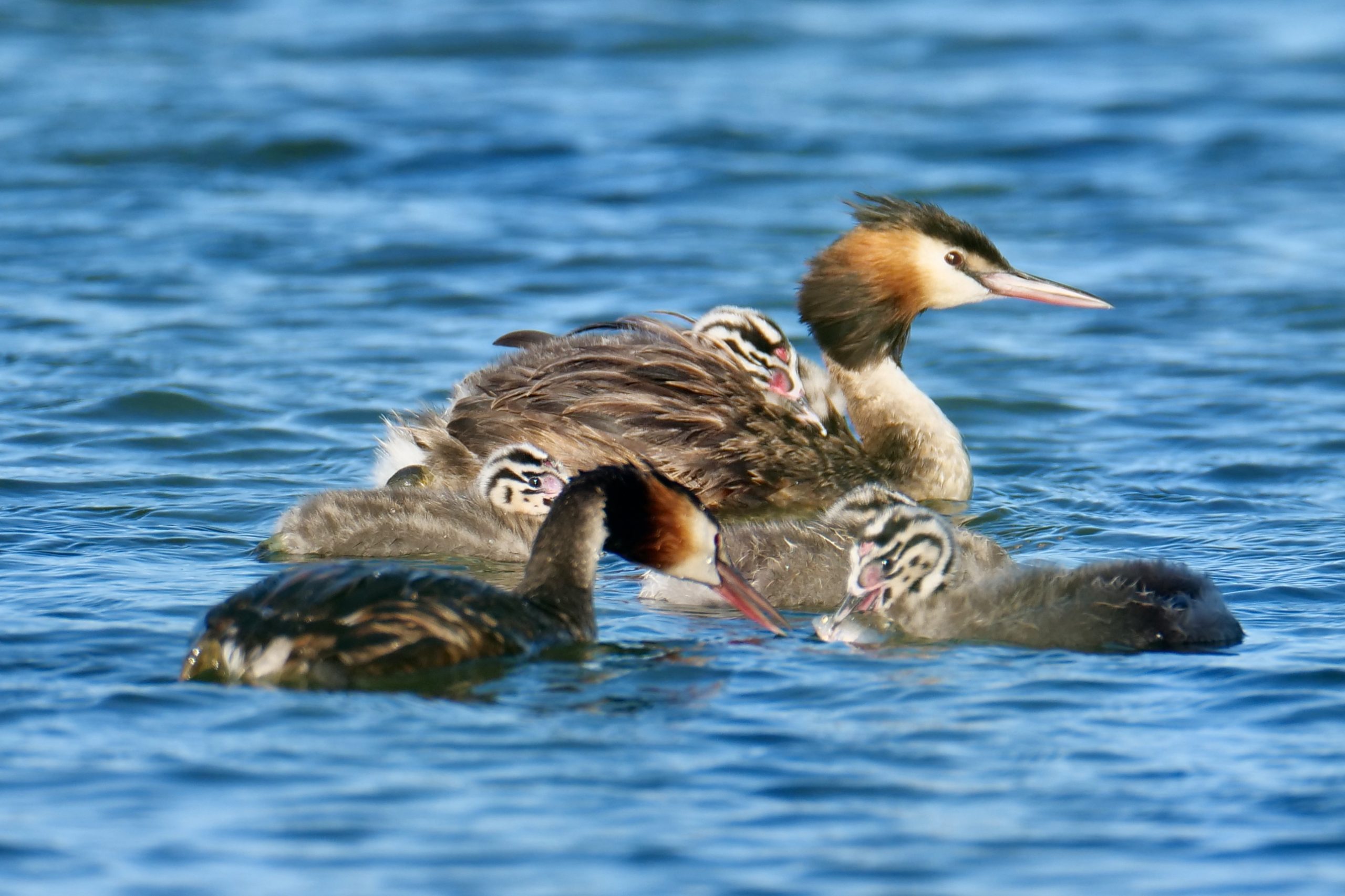
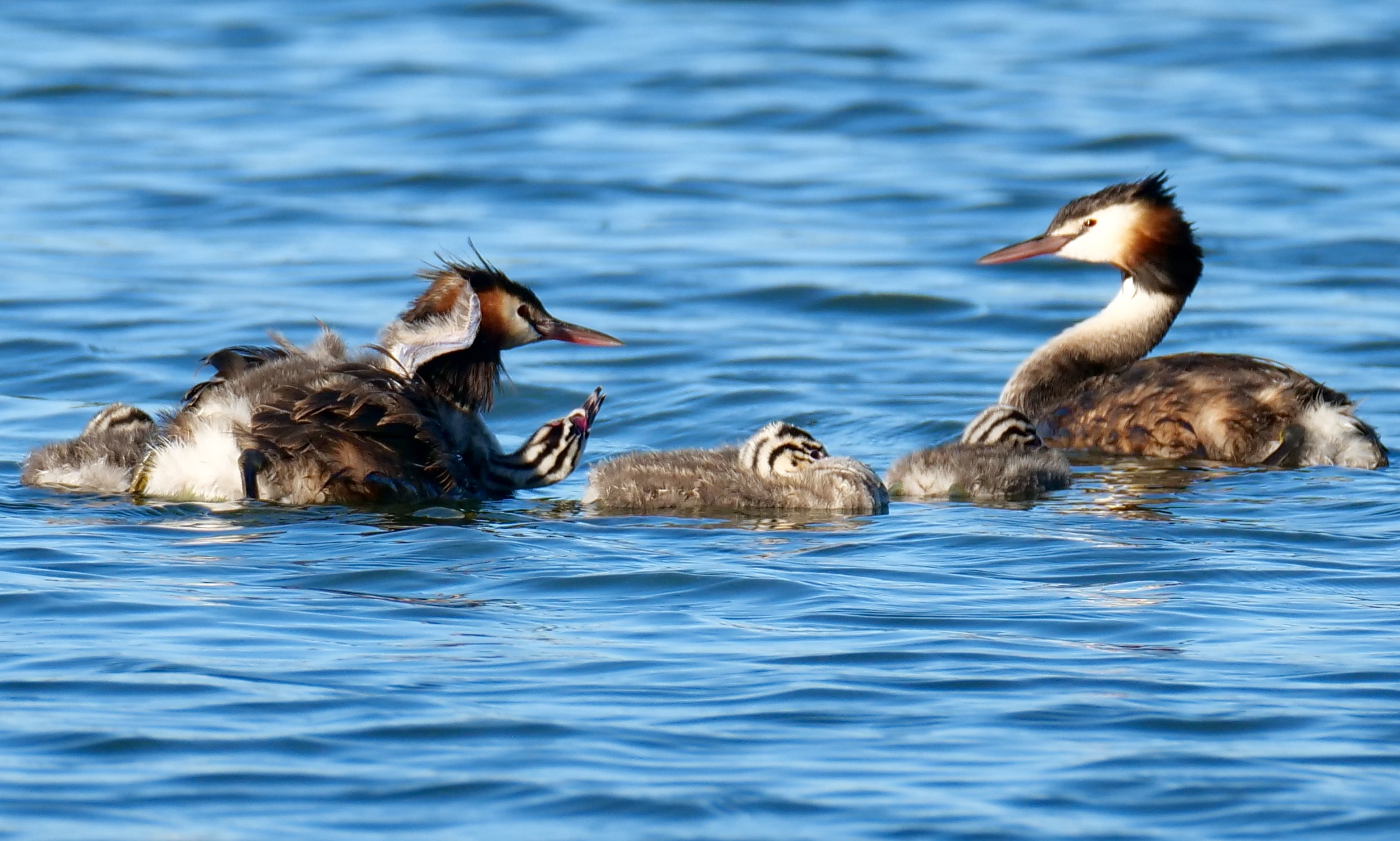
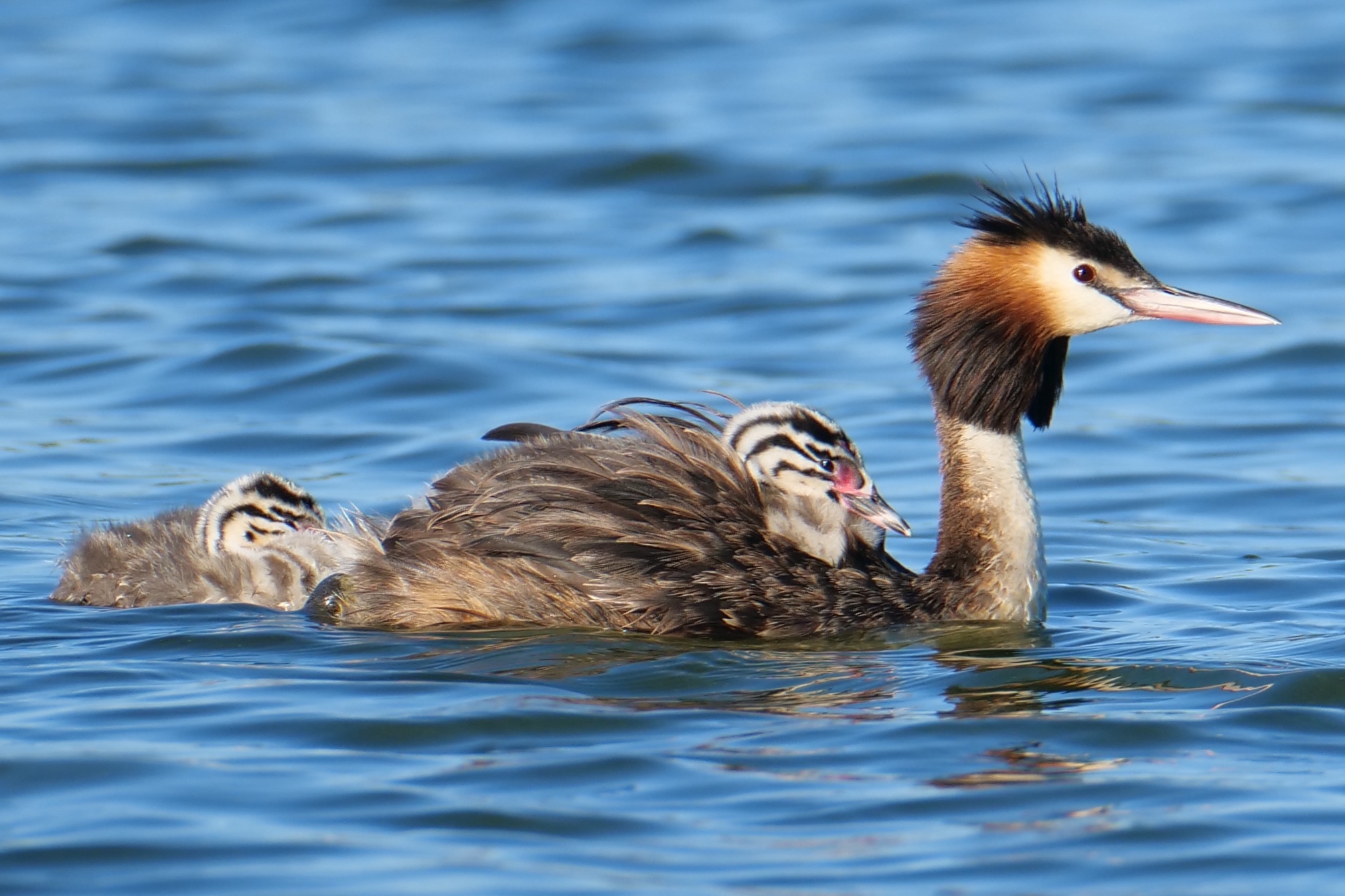
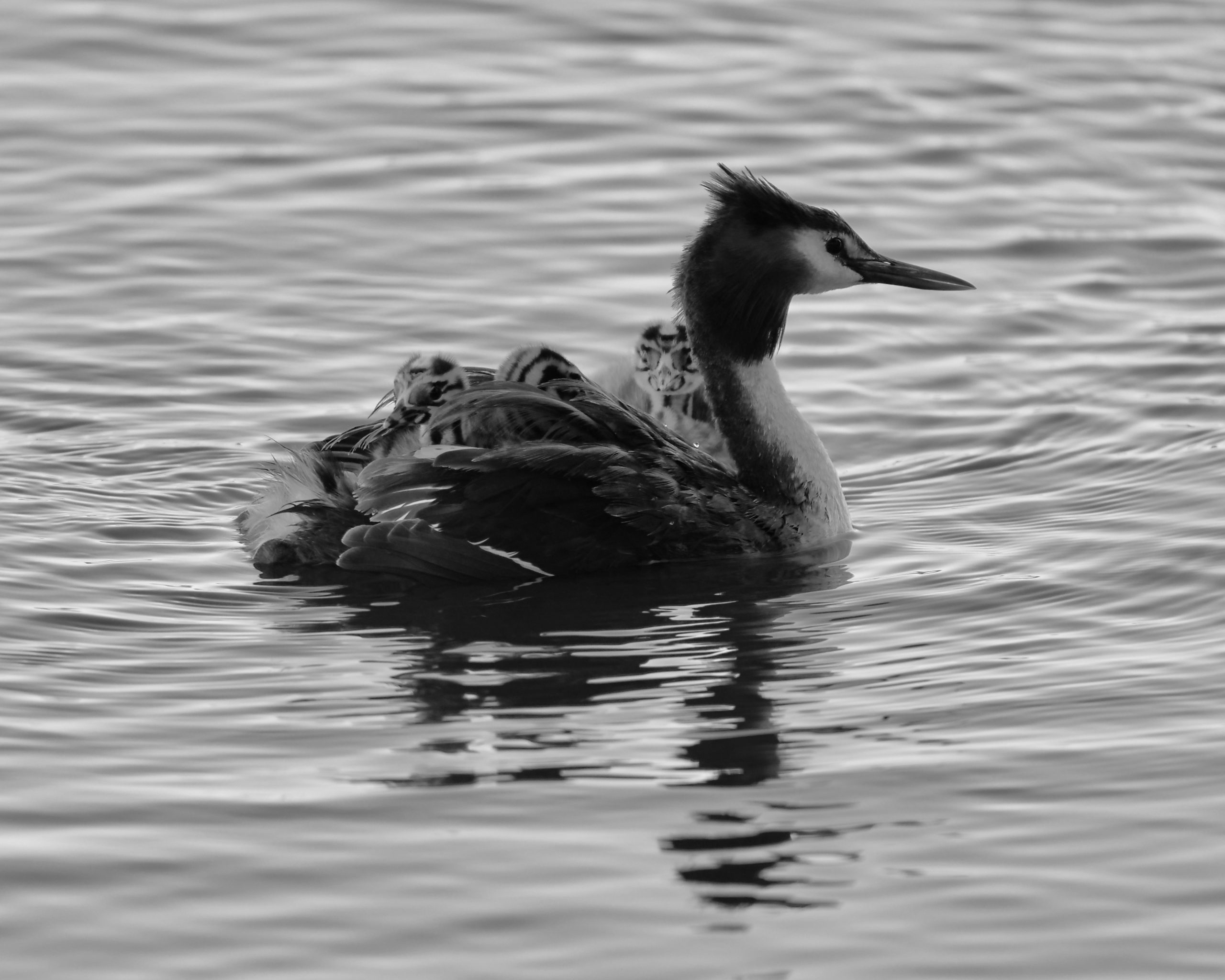
[…] Great Crested Grebes: good breeding […]